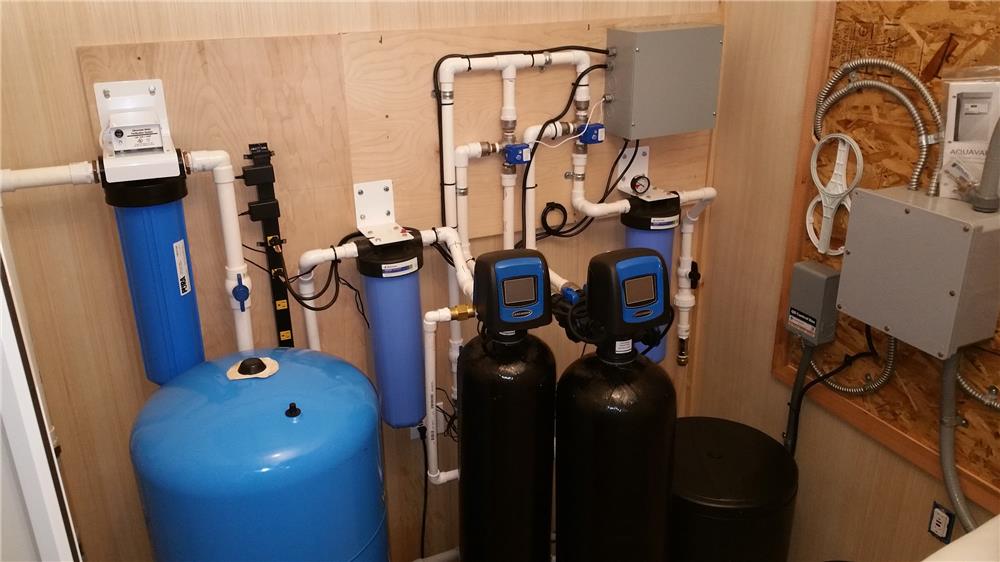At least 6 million people in this country are getting more than water from their faucets when they fill up their glasses. According to current findings, polyfluoroalkyl and perfluoroalkyl substances (PFASs), also known as highly fluorinated chemicals, have been detected in the ground water, and subsequently in the wells, of populated areas all across the United States. This is not a fact to be ignored as these substances have been linked to a number of health issues, and they have a tendency to remain in the environment for long periods of time.
These chemicals can be found in a number of consumer and industrial products. PFASs are used in stain-proofing furniture and carpets, making non-stick cookware and food packaging, water-proofing clothing and camping gear, military-grade firefighting foams for petroleum fires, and in industrial applications for its friction reducing properties.
Although small amounts of these contaminants enter the environment via consumer use and disposal, the bulk of the contamination is centered on airports and military bases, where the firefighting chemicals are in heavy use, and around industrial sites, where they are used for their friction reducing properties. Areas around these types of sites are the areas where contamination was most prevalent. In a peer-reviewed letter, a group of scientists reported to have, when sampling the water supply around such places, found elevated (even up to unsafe levels) amounts of these PFASs. A scientist, Brandon Kernan, working for the Environmental Protection Agency in New Hampshire, found one industrial site that had a contamination range of 30-40 square miles.
The threat to public health is not to be understated. A number of these substances have been linked to cancers of the kidneys and testicles, endocrine damage, and decreased immune function in children, amongst other concerns. Director Patrick Breysse, of the Center for Disease Control and Prevention’s National Center for Environmental Health, considers the presence of PFASs in a growing number of fresh water sources to be alarming enough for comment. He considers the matter “one of the most seminal”. He foresees decades of effort ahead. The concentration in many of the contaminated areas to be high enough to be potentially damaging to humans, by current EPA standards.
Considering that not all of the country has been sampled, the current estimates of contaminated water supplies may actually be on the low side. Also considering these chemicals’ long life within the soil, and the difficulty in removing them, as well as the continued use of PFASs by industrial companies, airports, and the military, this problem is only likely to rise in severity and spread in impact. Unless the use of these chemicals are replaced by a safer, inexpensive, alternative, or their use is discouraged through stiffer regulations or market pressure, this problem will only continue to grow.
Potable water has been taken for granted in this country, perhaps for too long. It cannot be underestimated how important our fresh water supplies are. This is a creeping threat, on a potentially life-threatening scale, that will not go away on its own.

Additional Reading:
Detection of Poly- and Perfluoroalkyl Substances (PFASs) in U.S. Drinking Water Linked to Industrial Sites, Military Fire Training Areas, and Wastewater Treatment Plants
Xindi C. Hu, David Q. Andrews, Andrew B. Lindstrom, Thomas A. Bruton, Laurel A. Schaider, Philippe Grandjean, Rainer Lohmann, Courtney C. Carignan, Arlene Blum, Simona A. Balan, Christopher P. Higgins, and Elsie M. Sunderland
Environmental Science & Technology Letters 2016 3 (10), 344-350
DOI: 10.1021/acs.estlett.6b00260